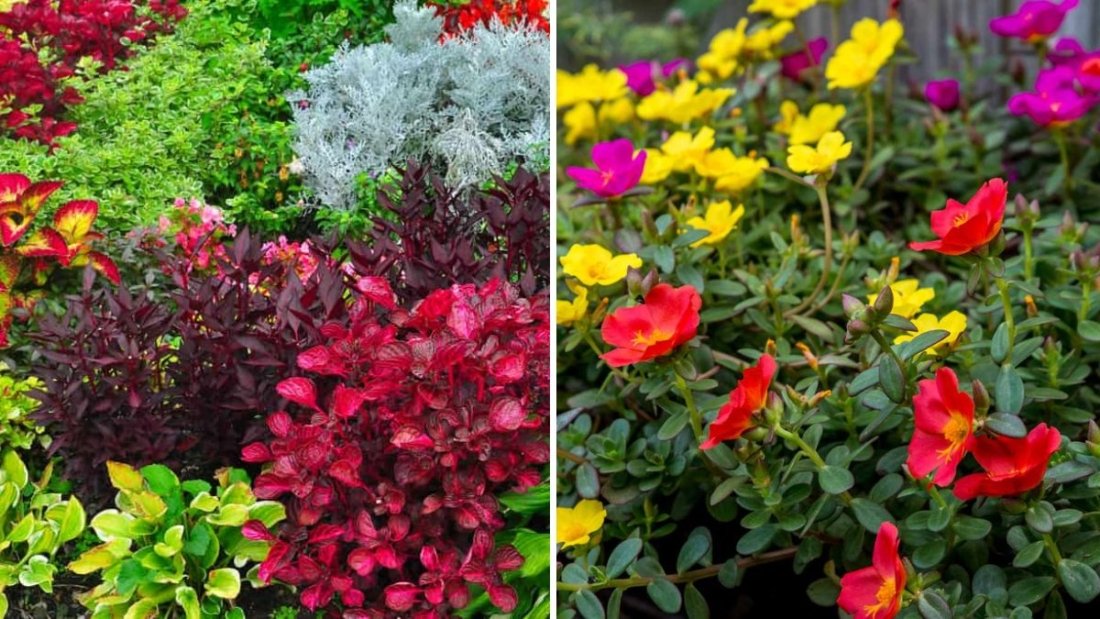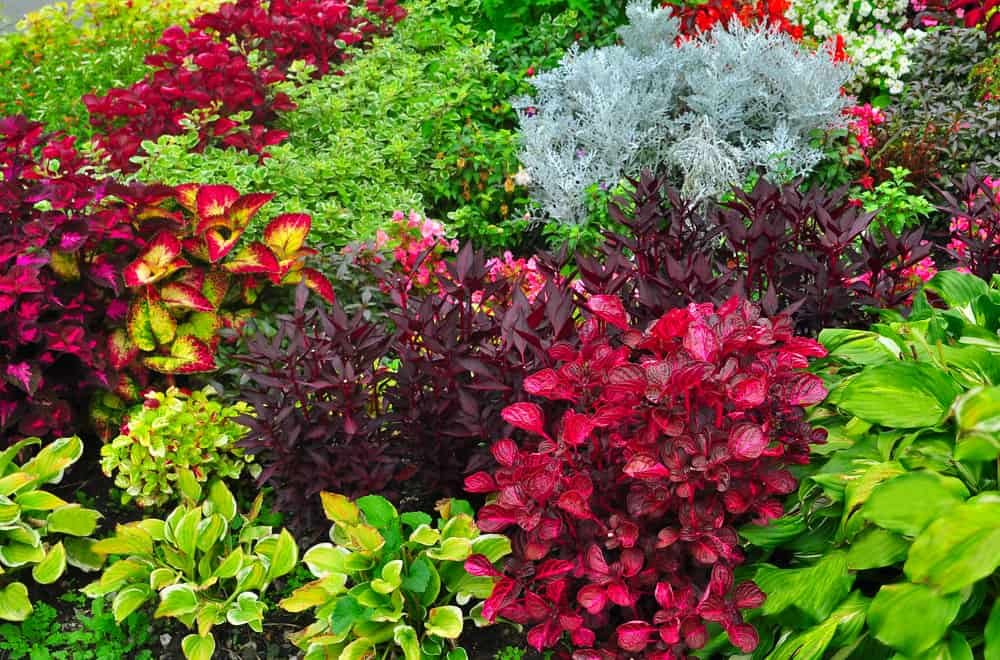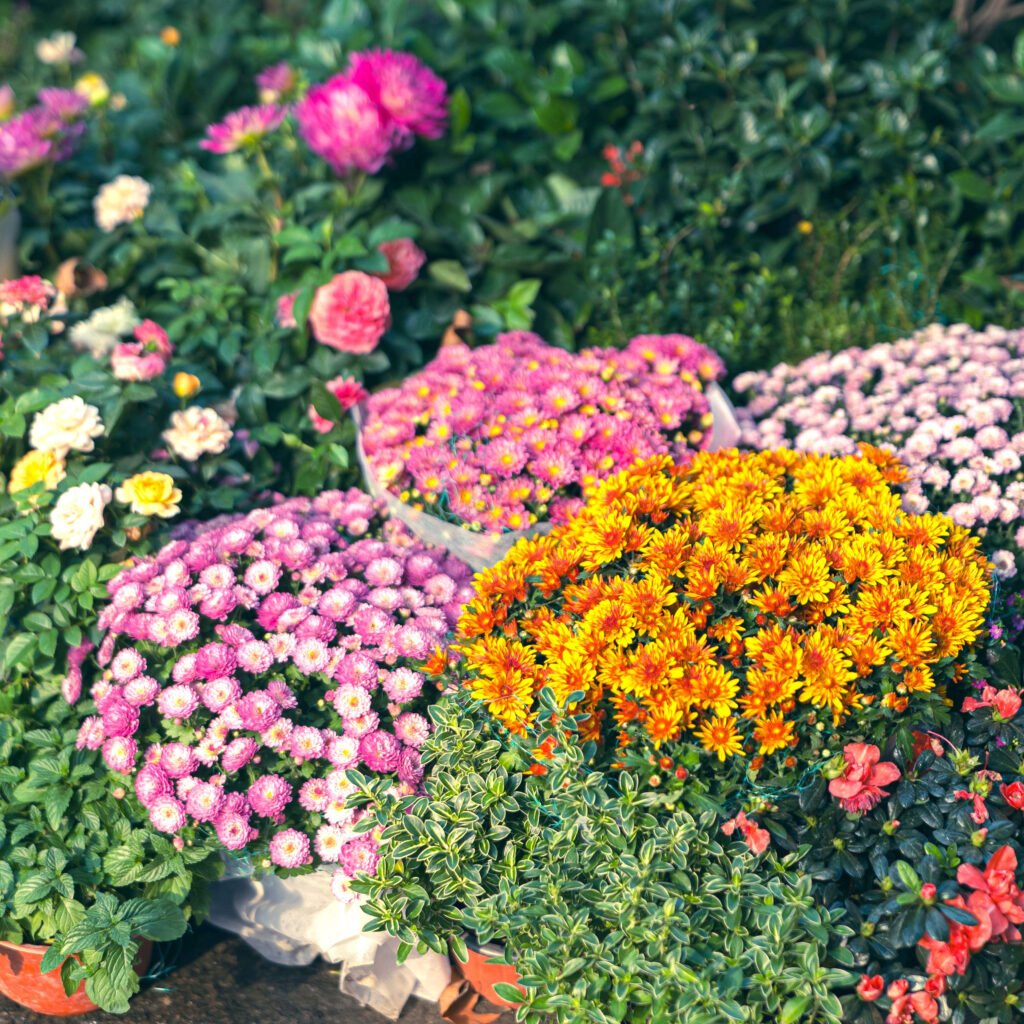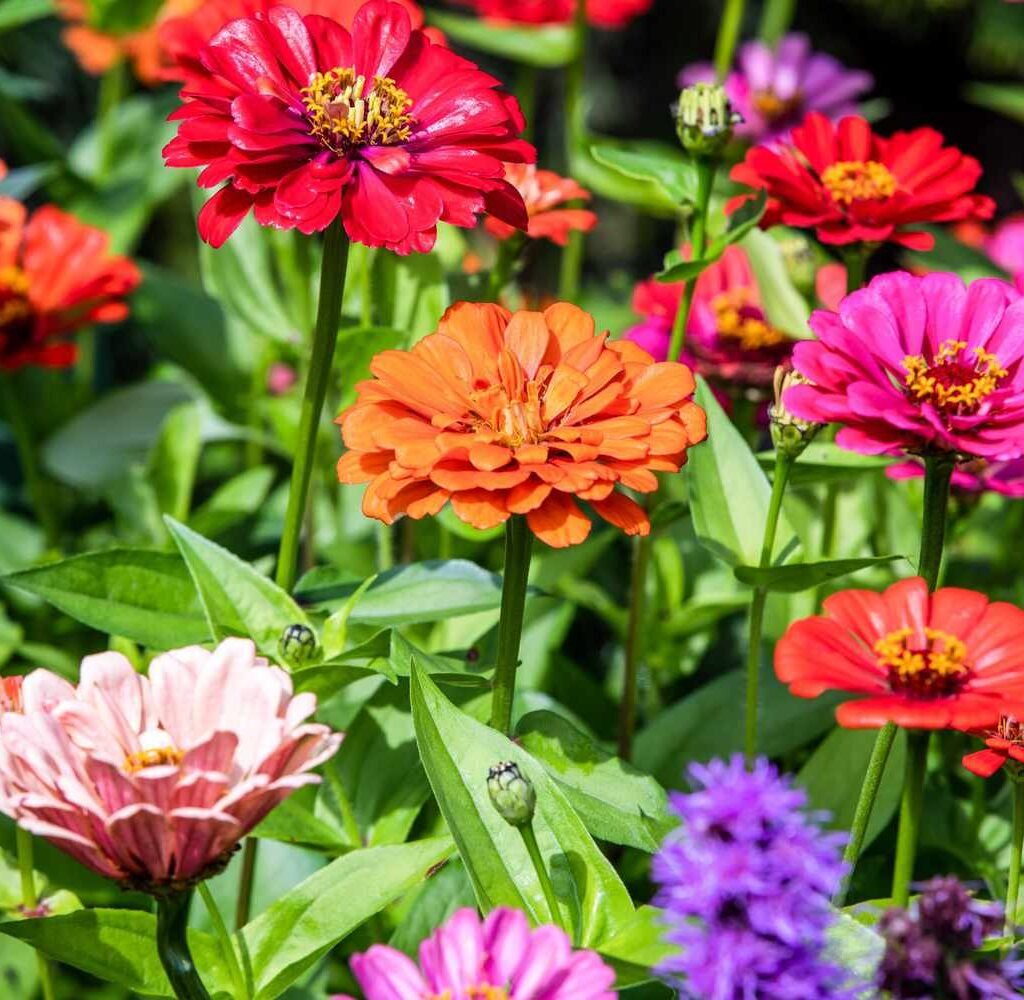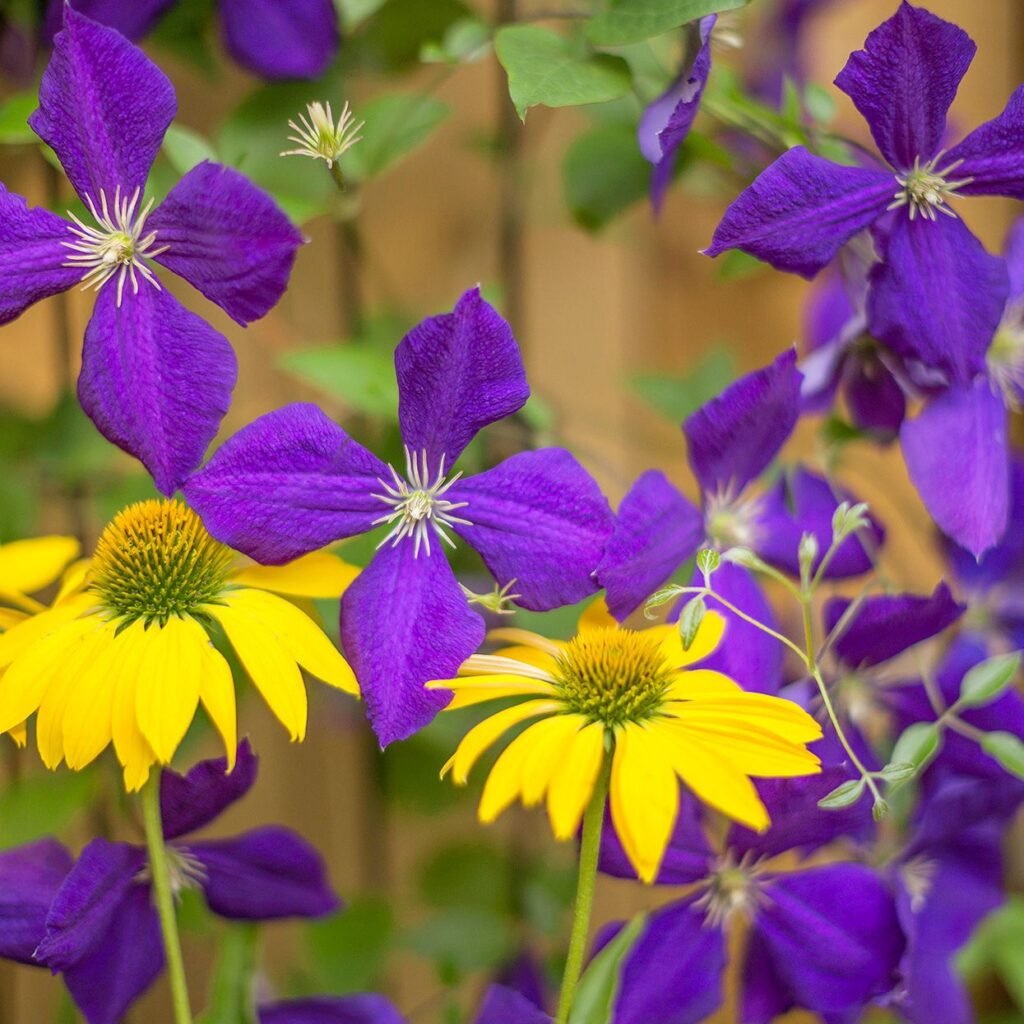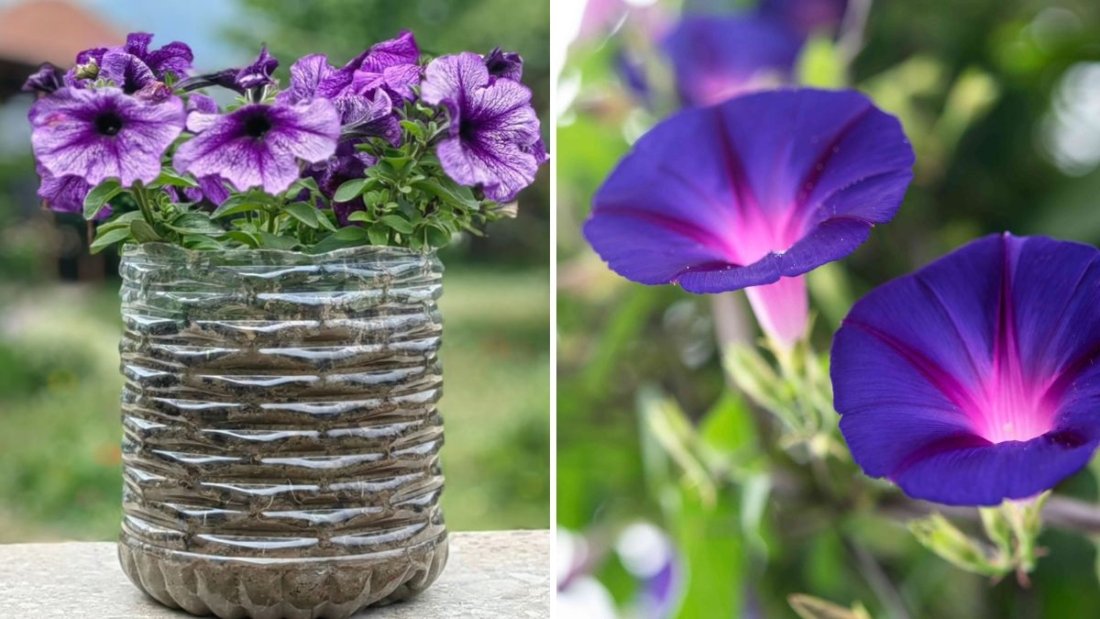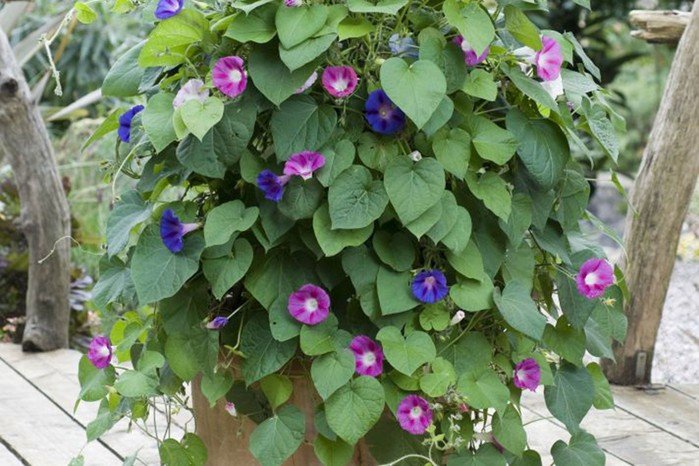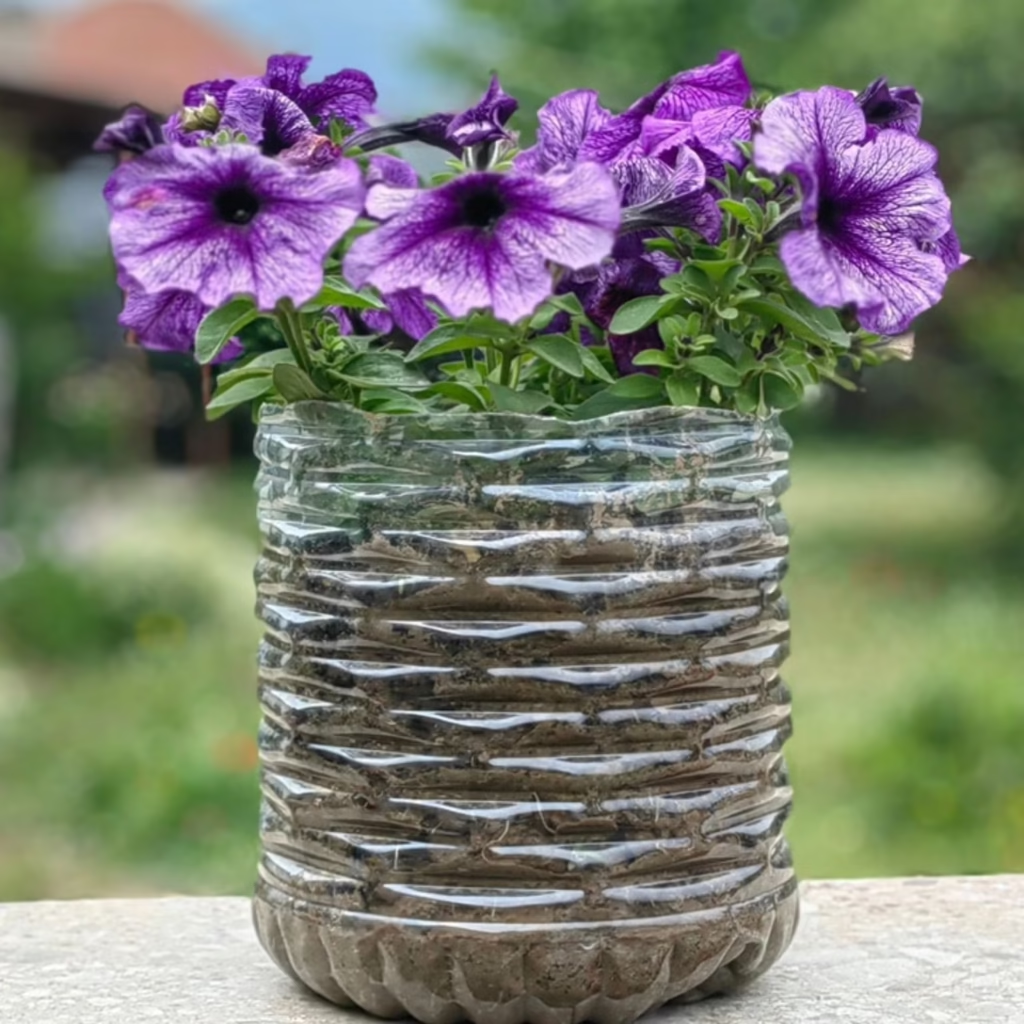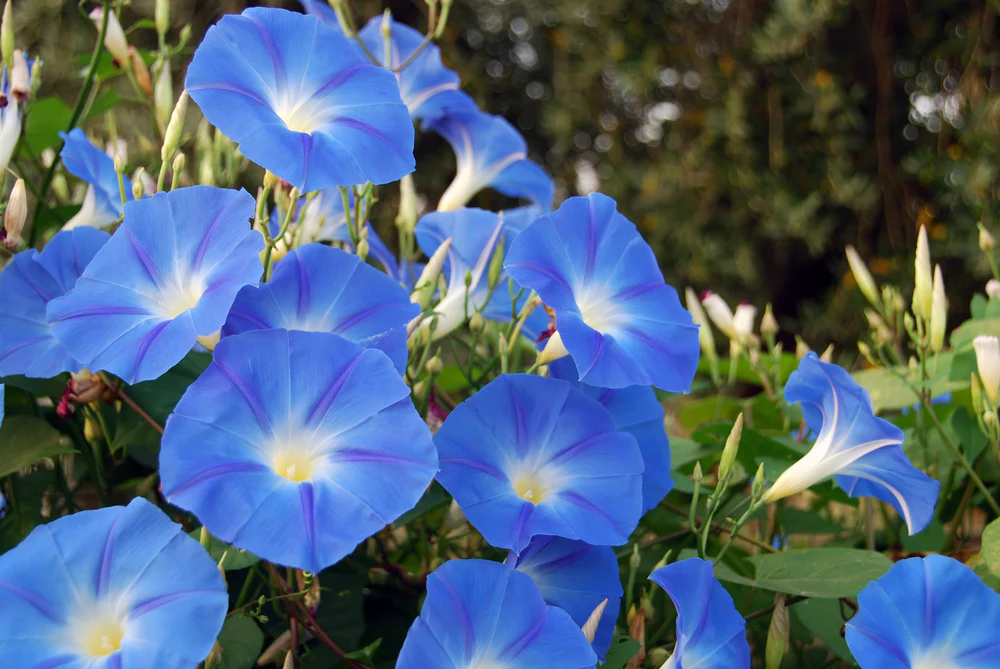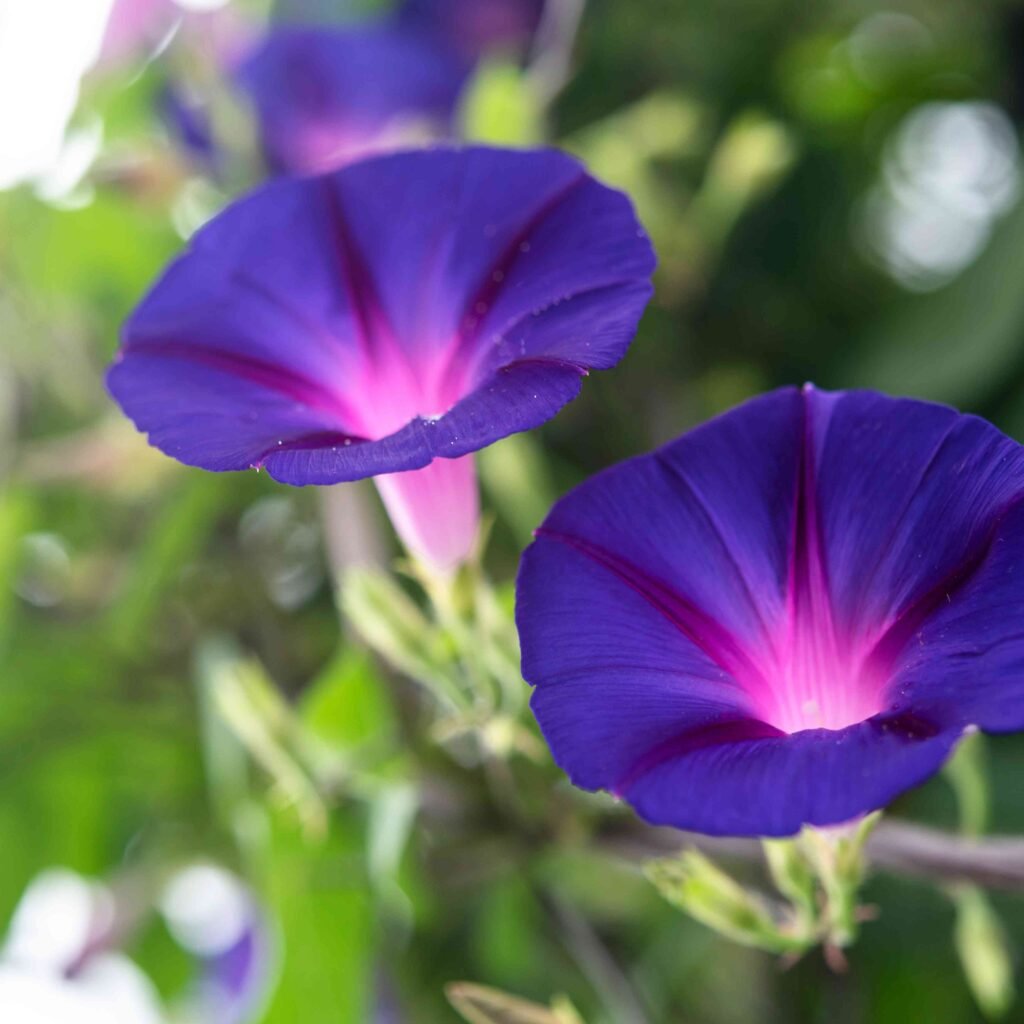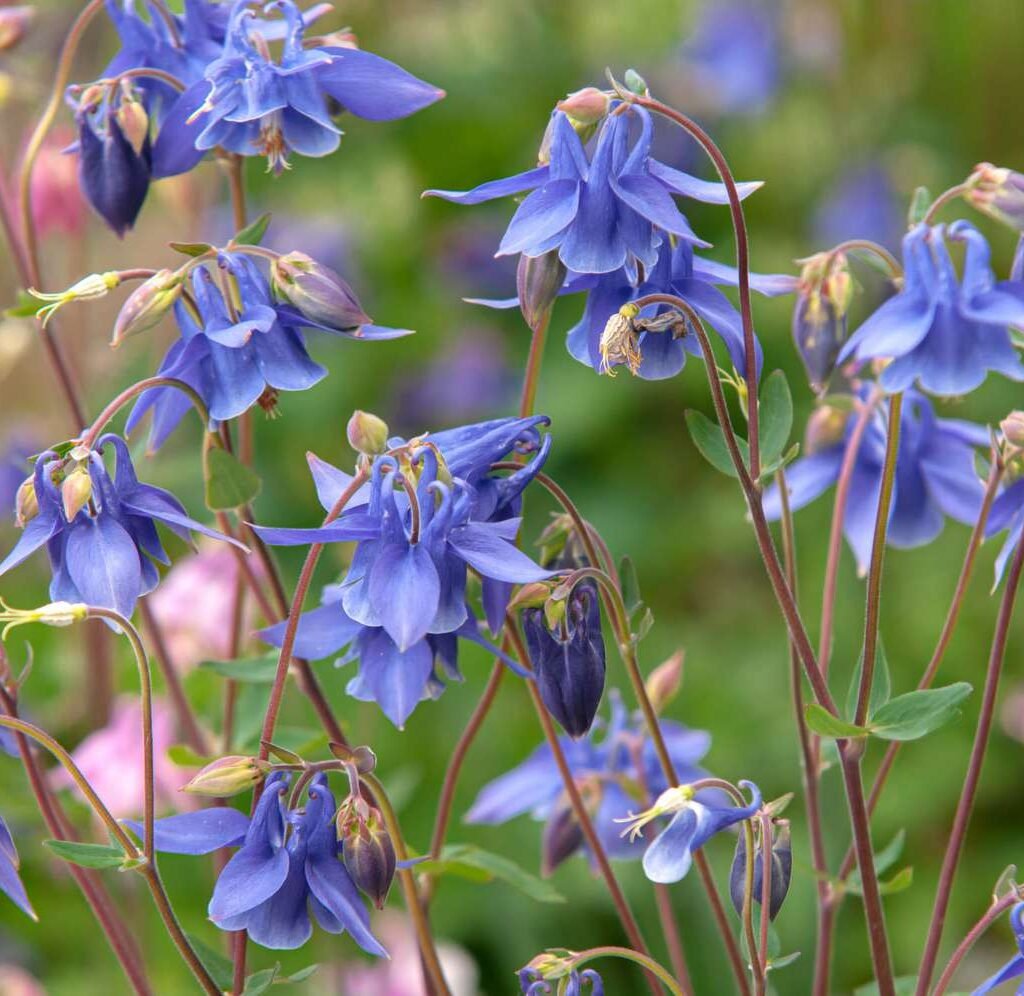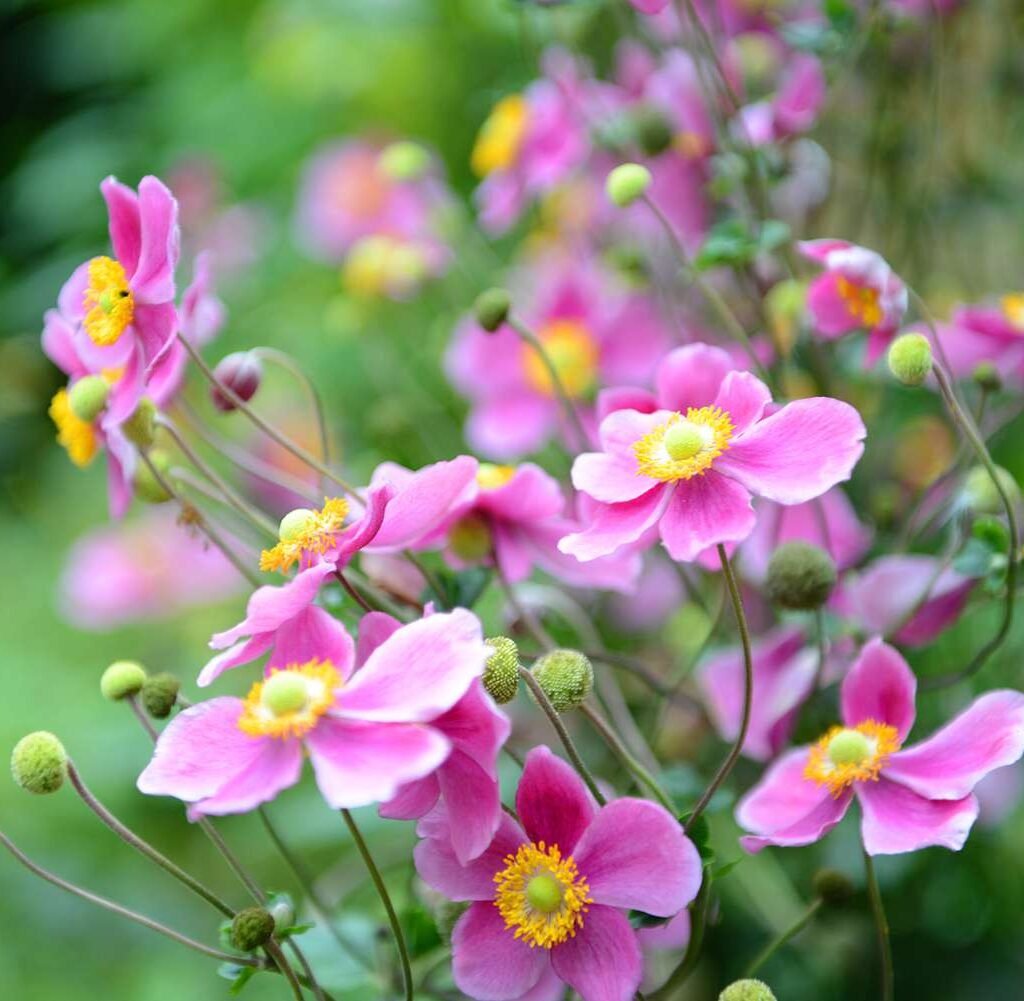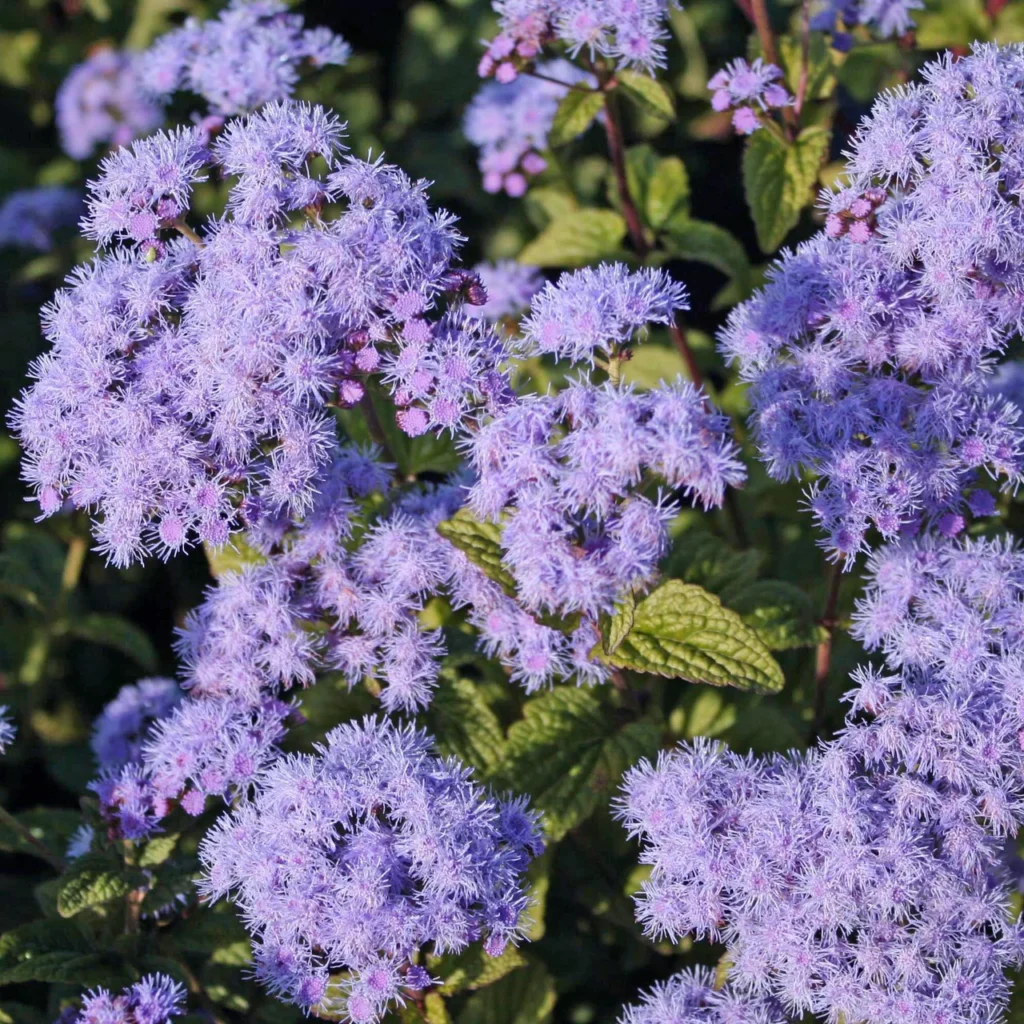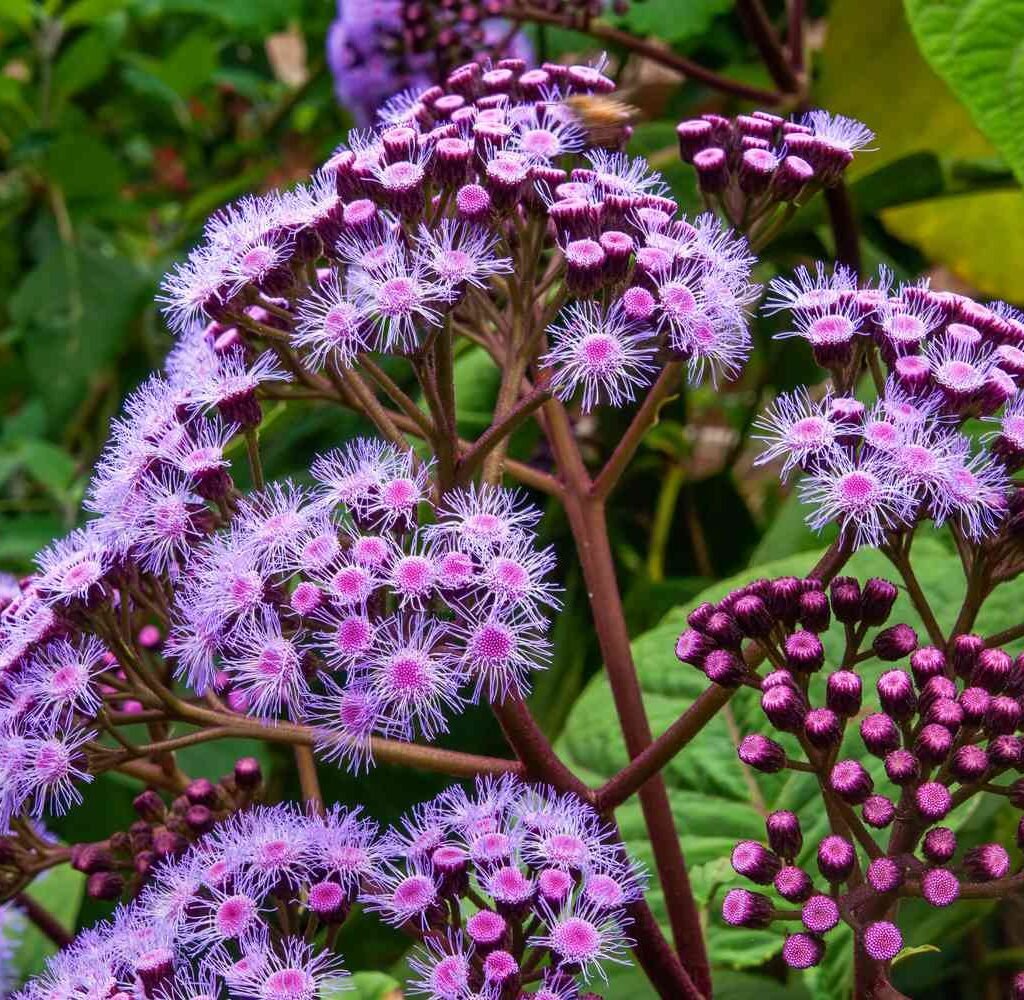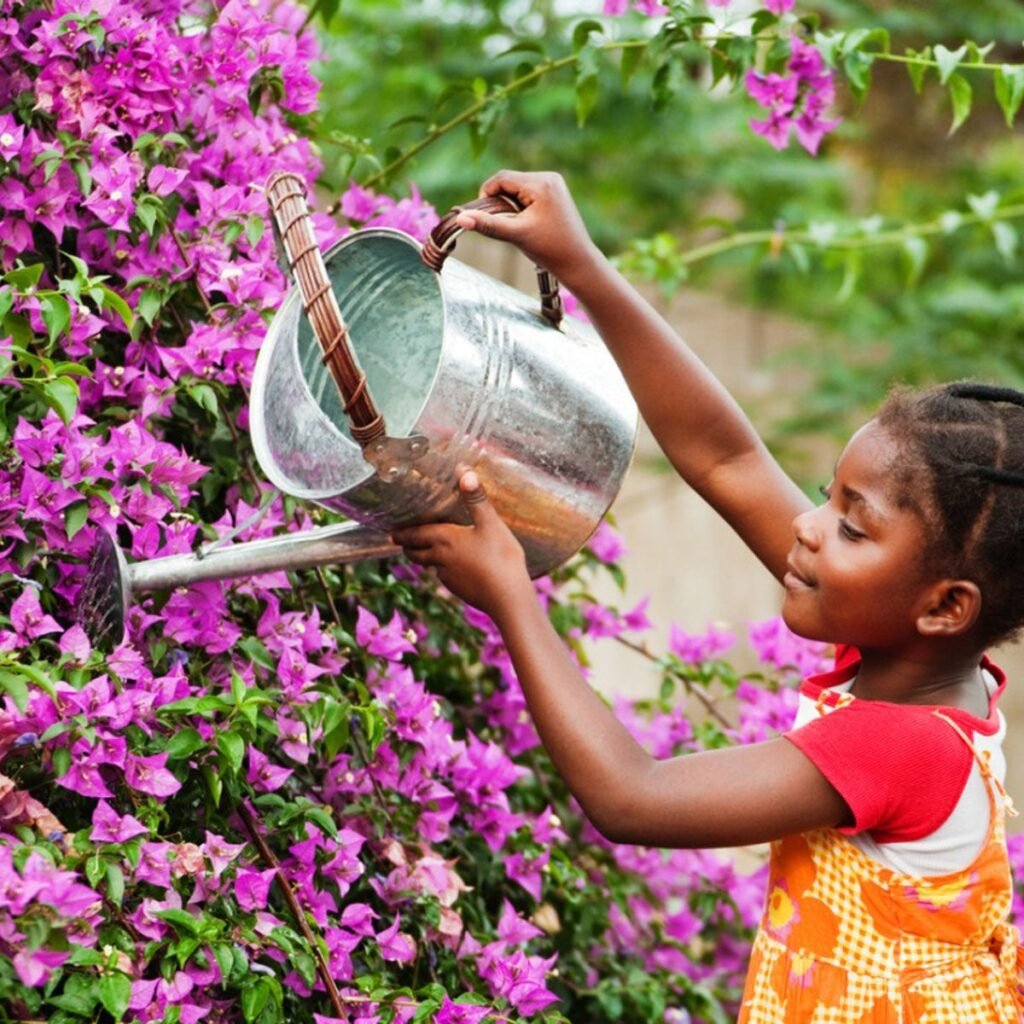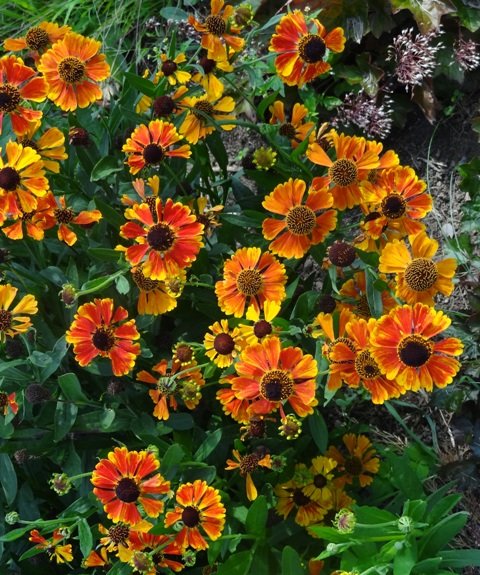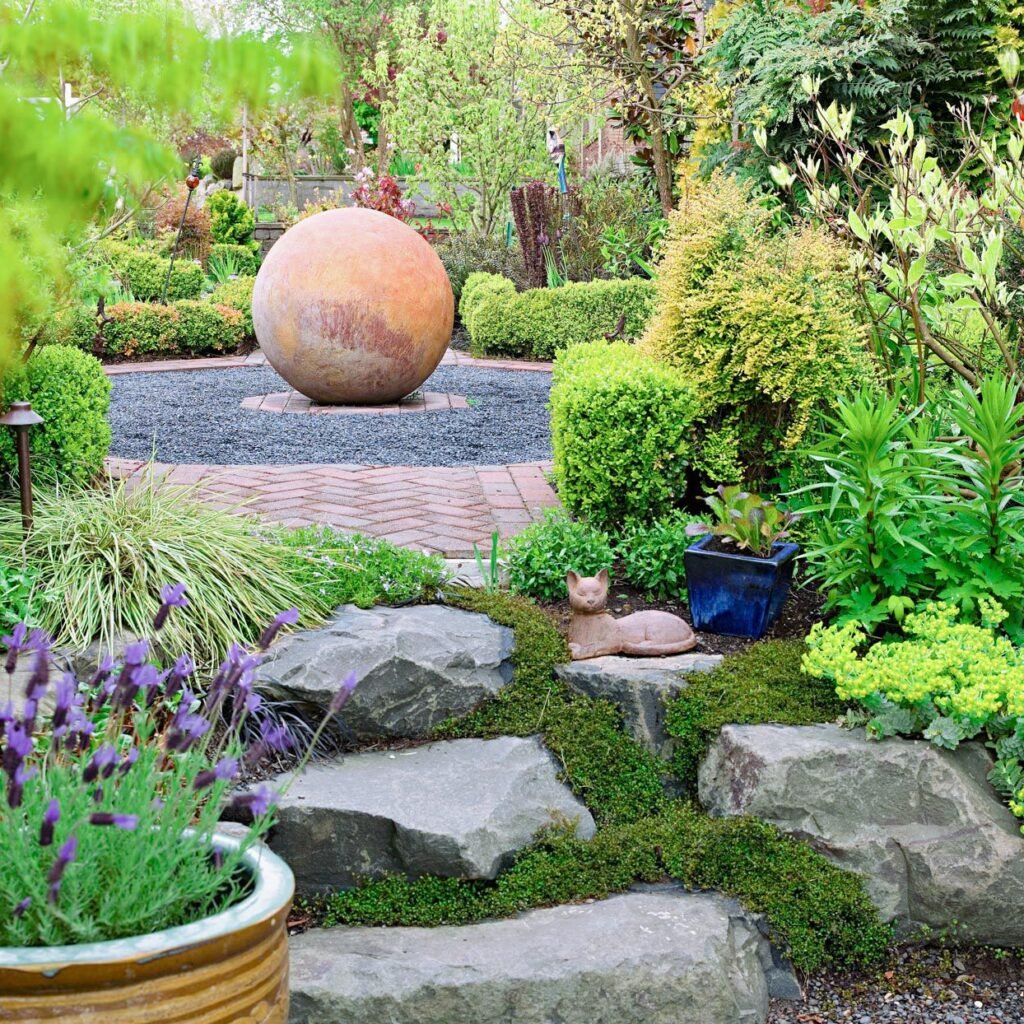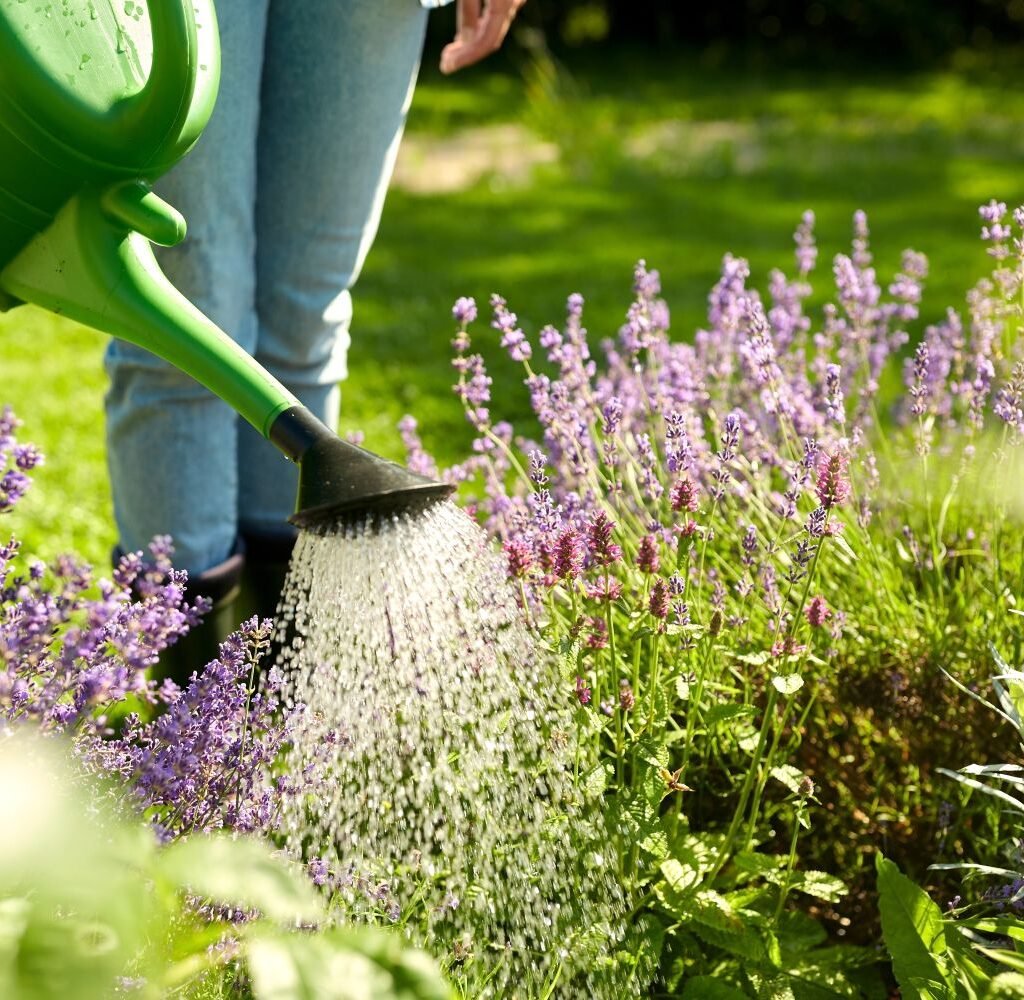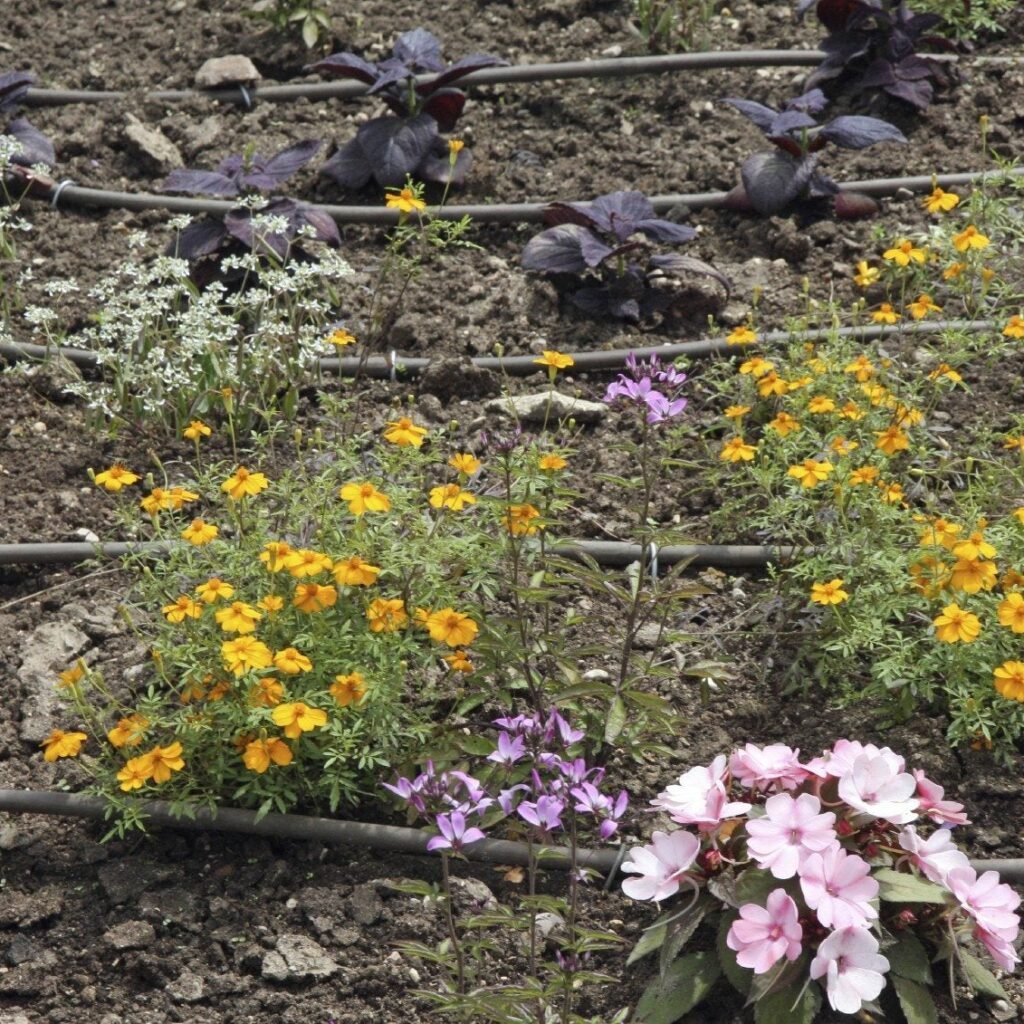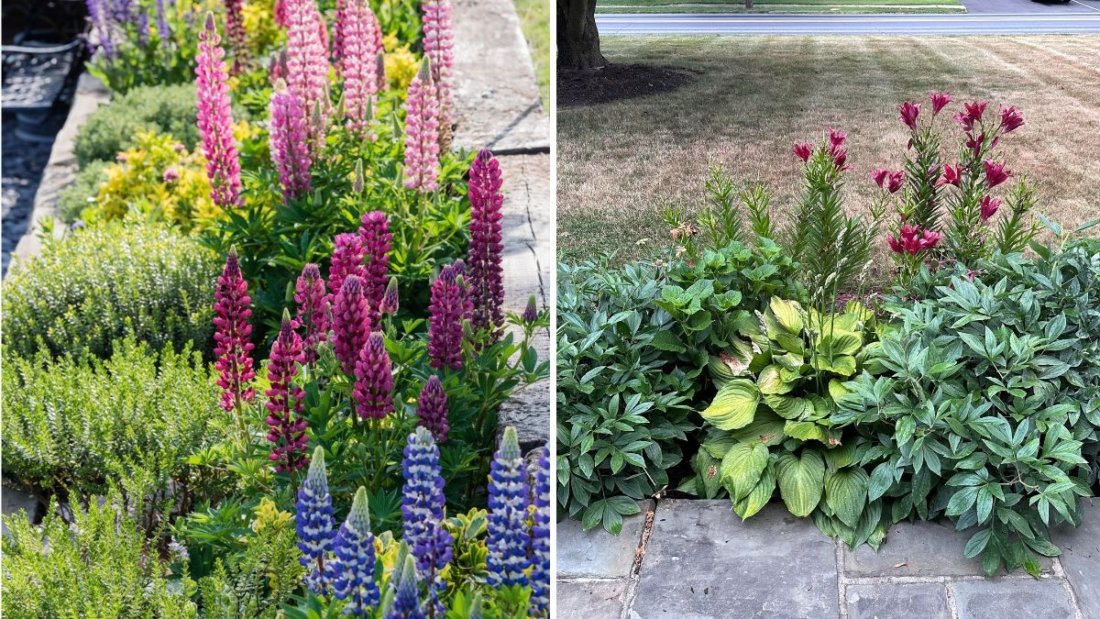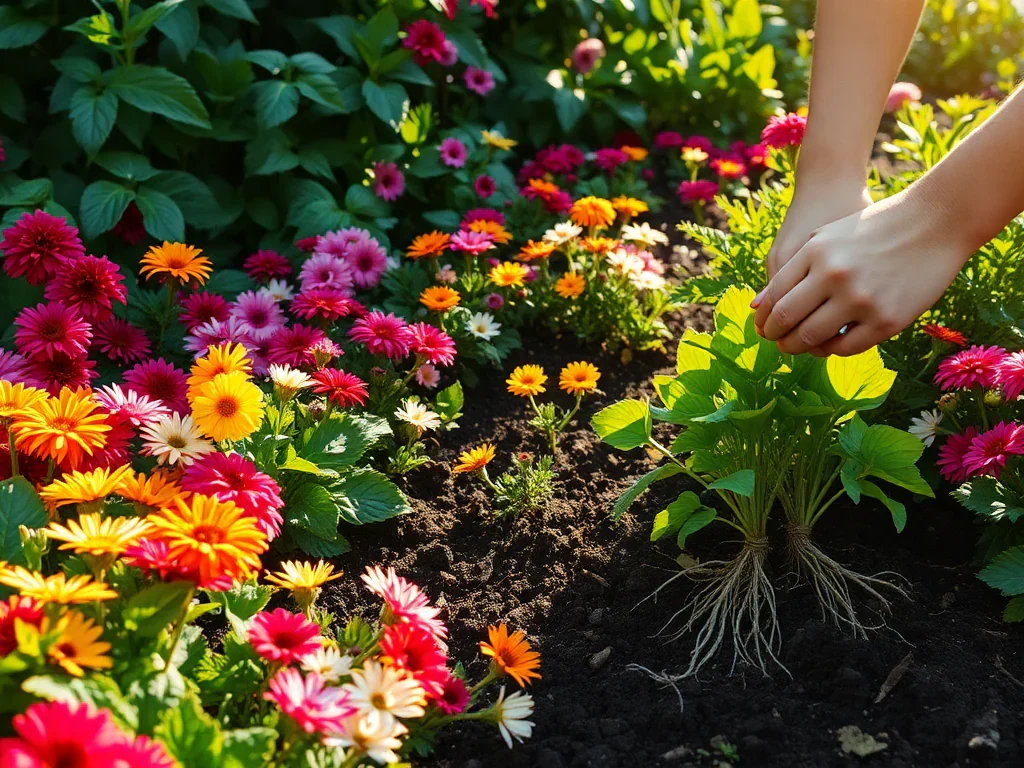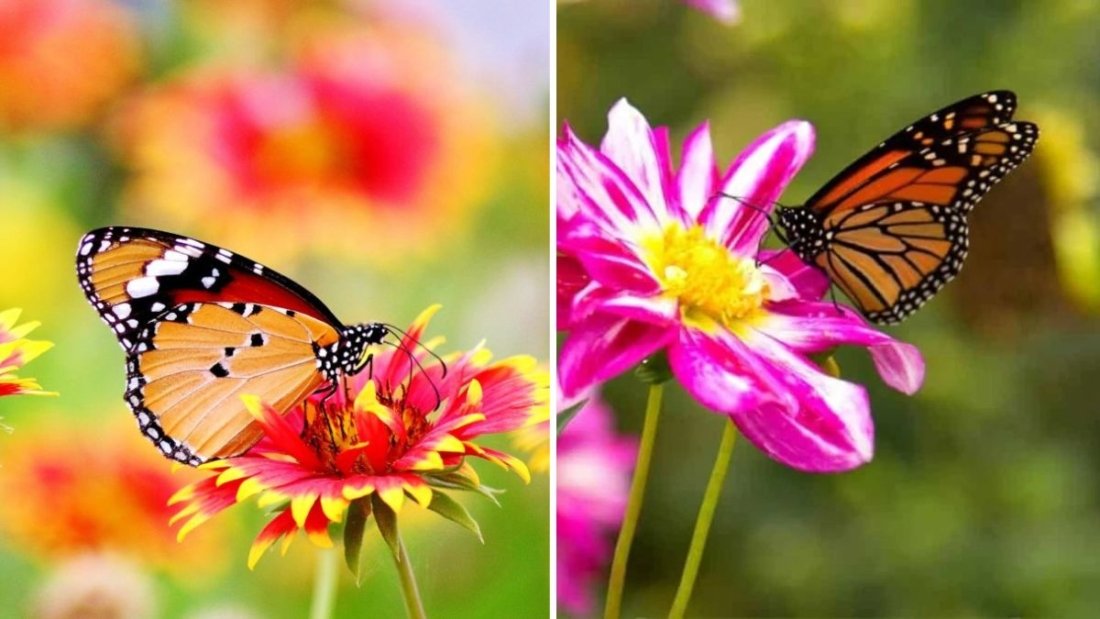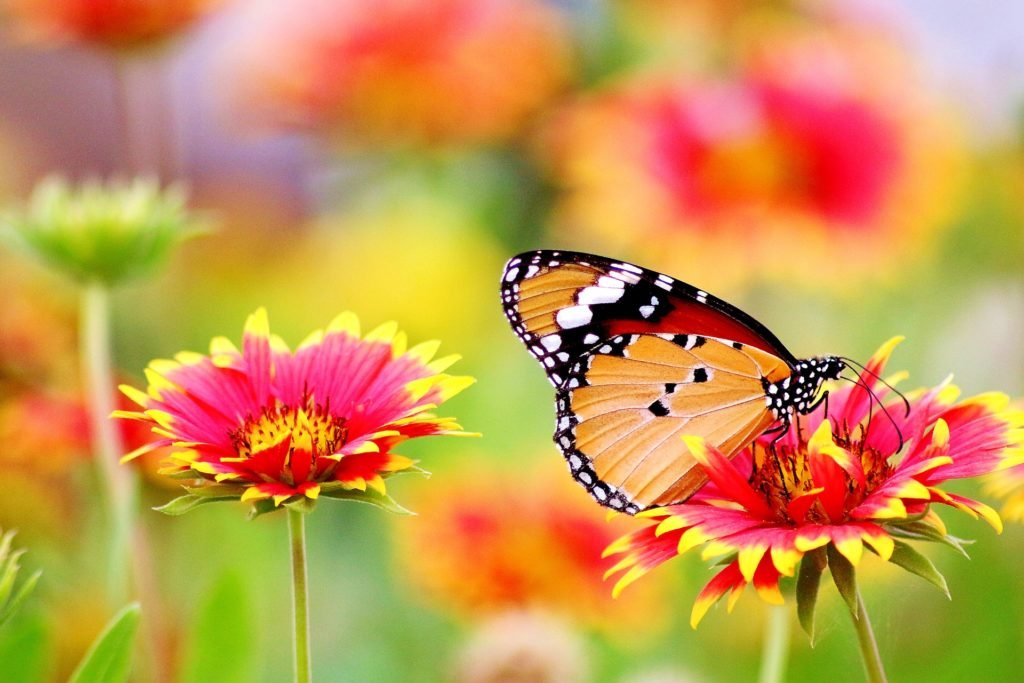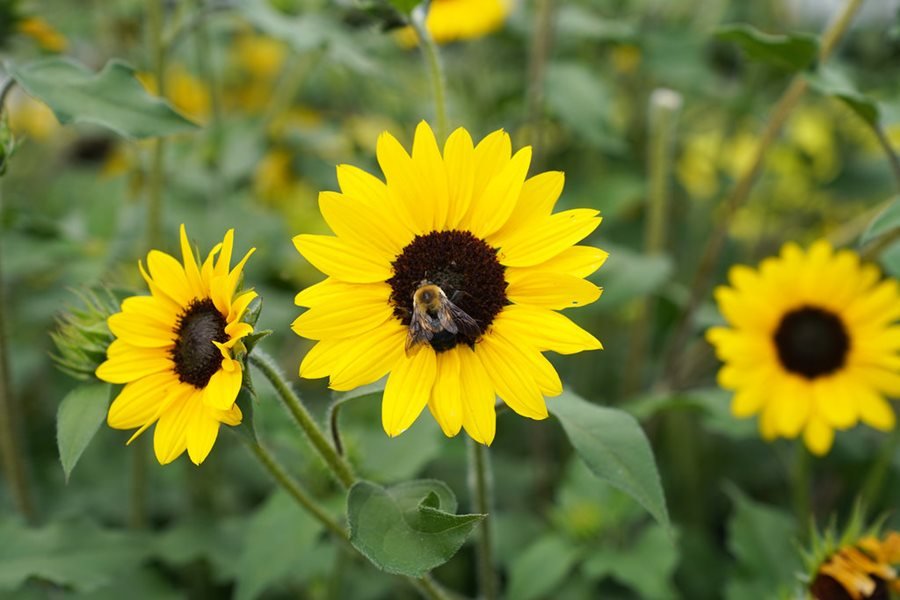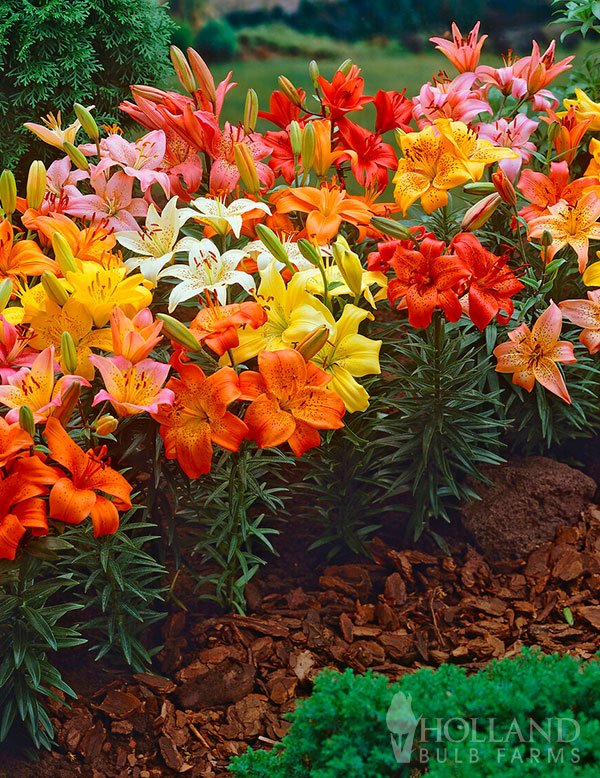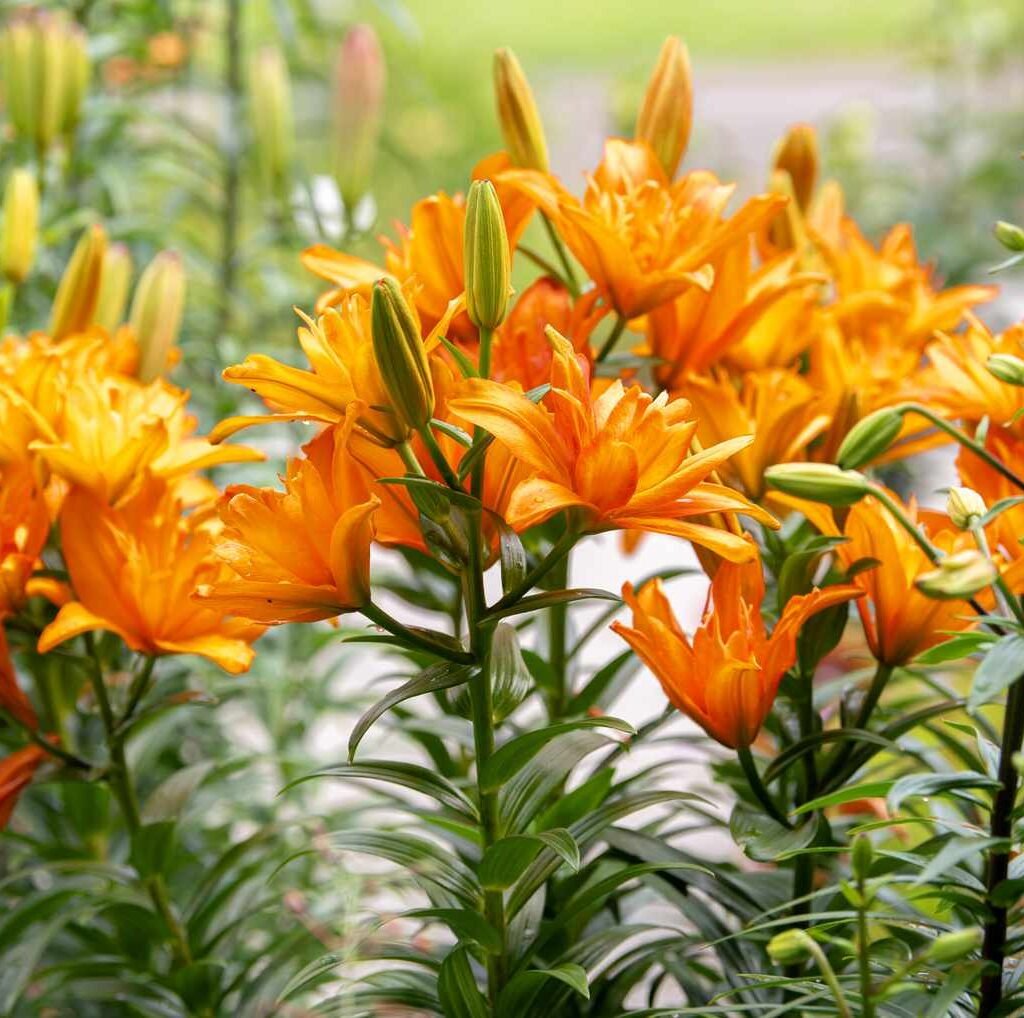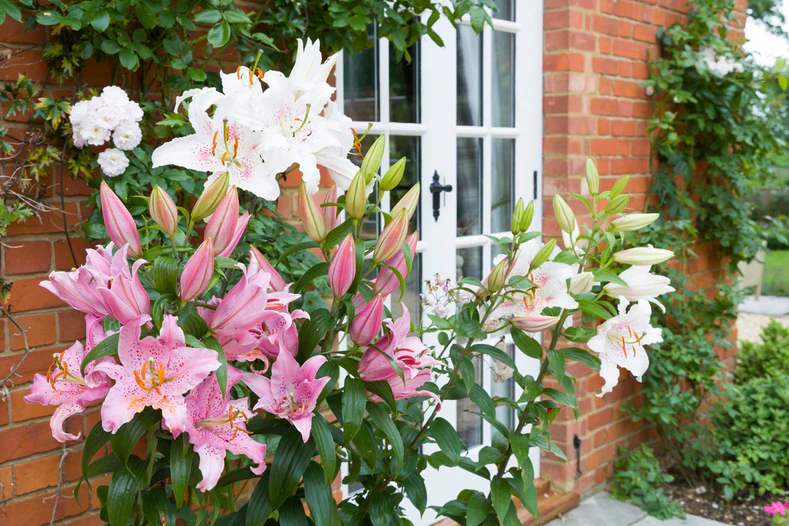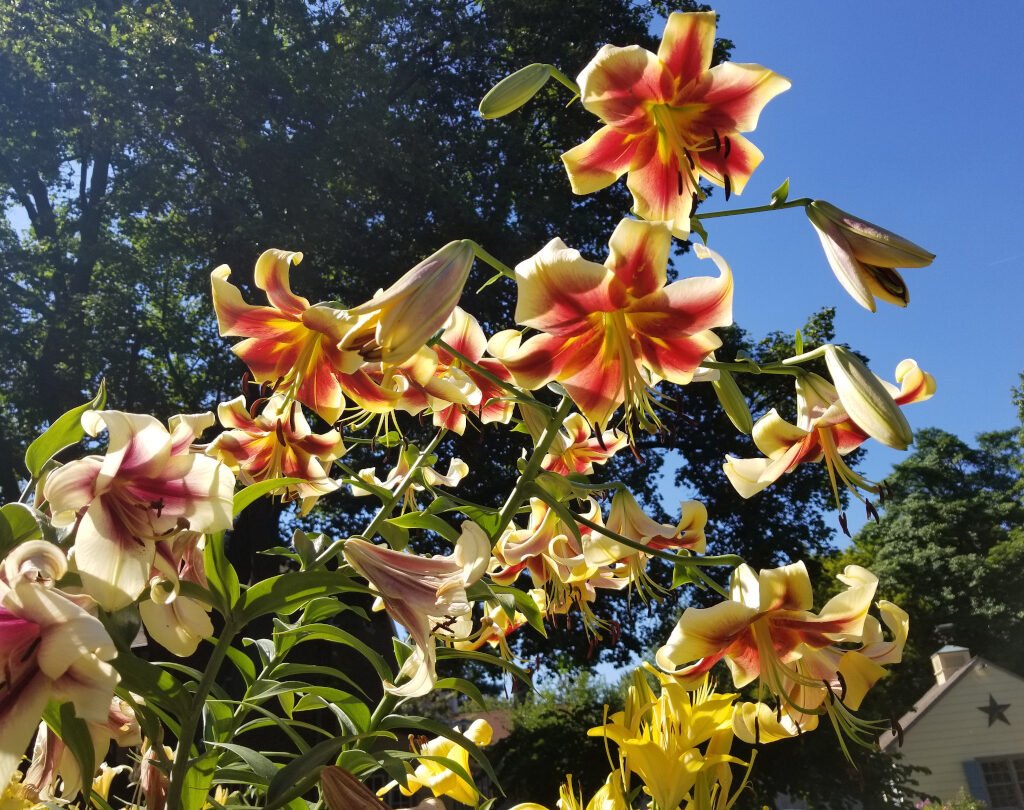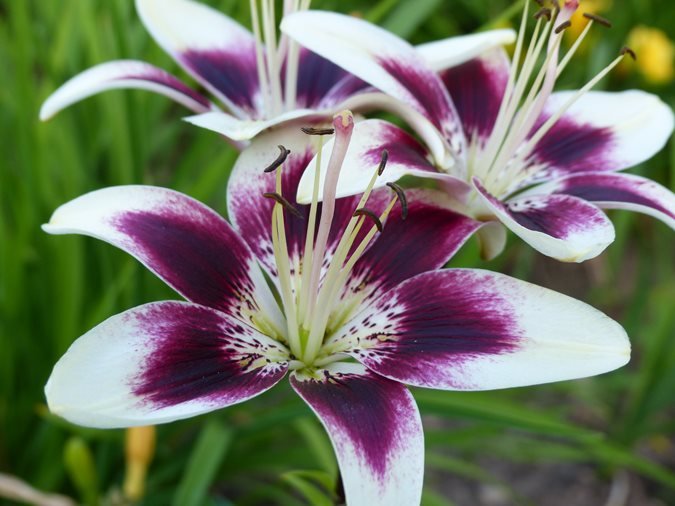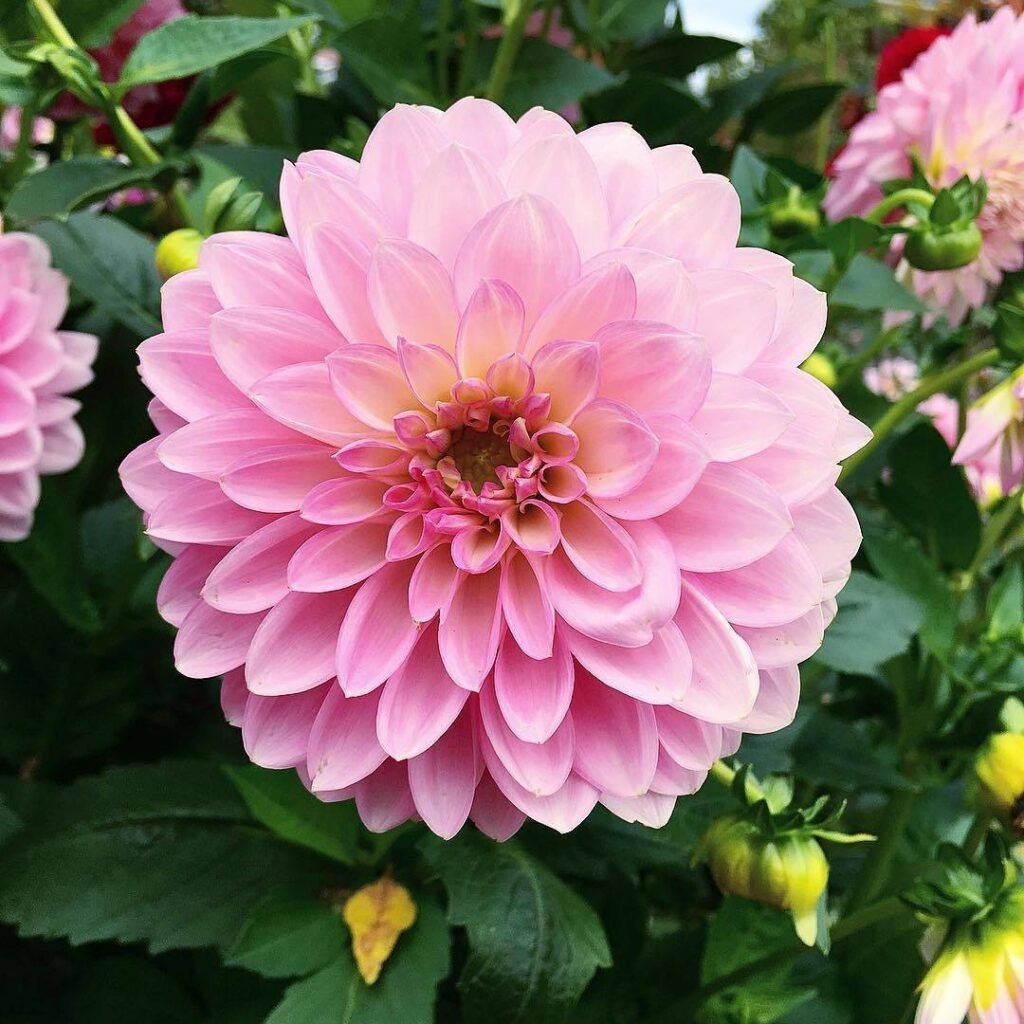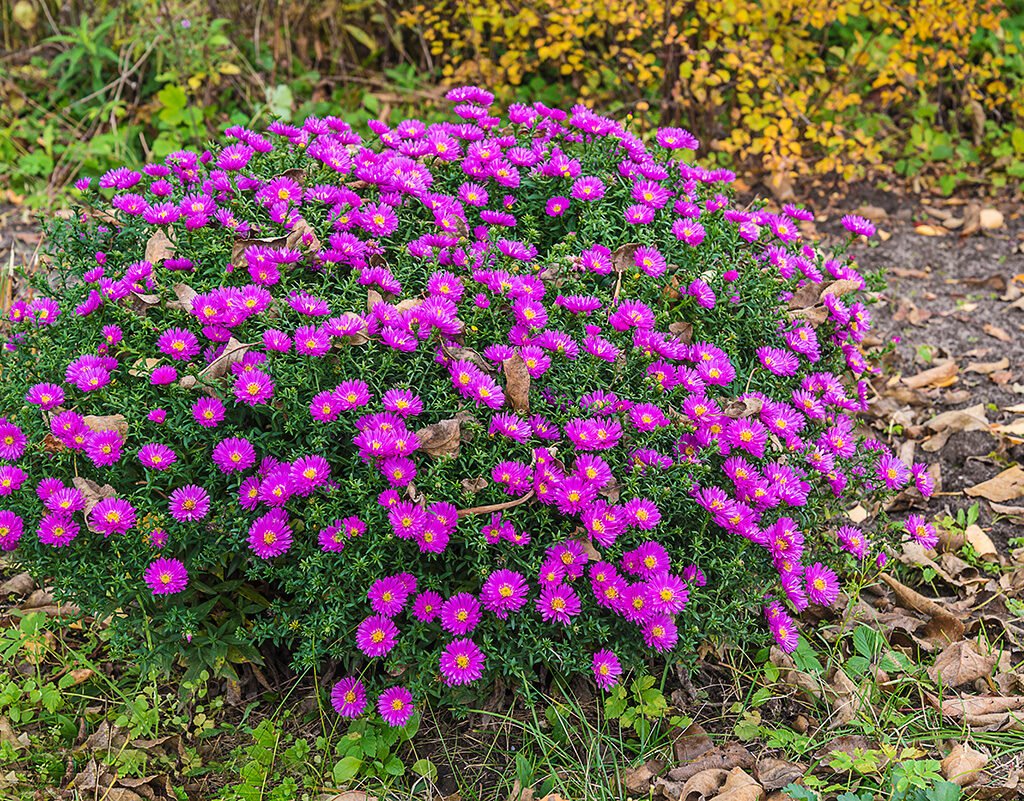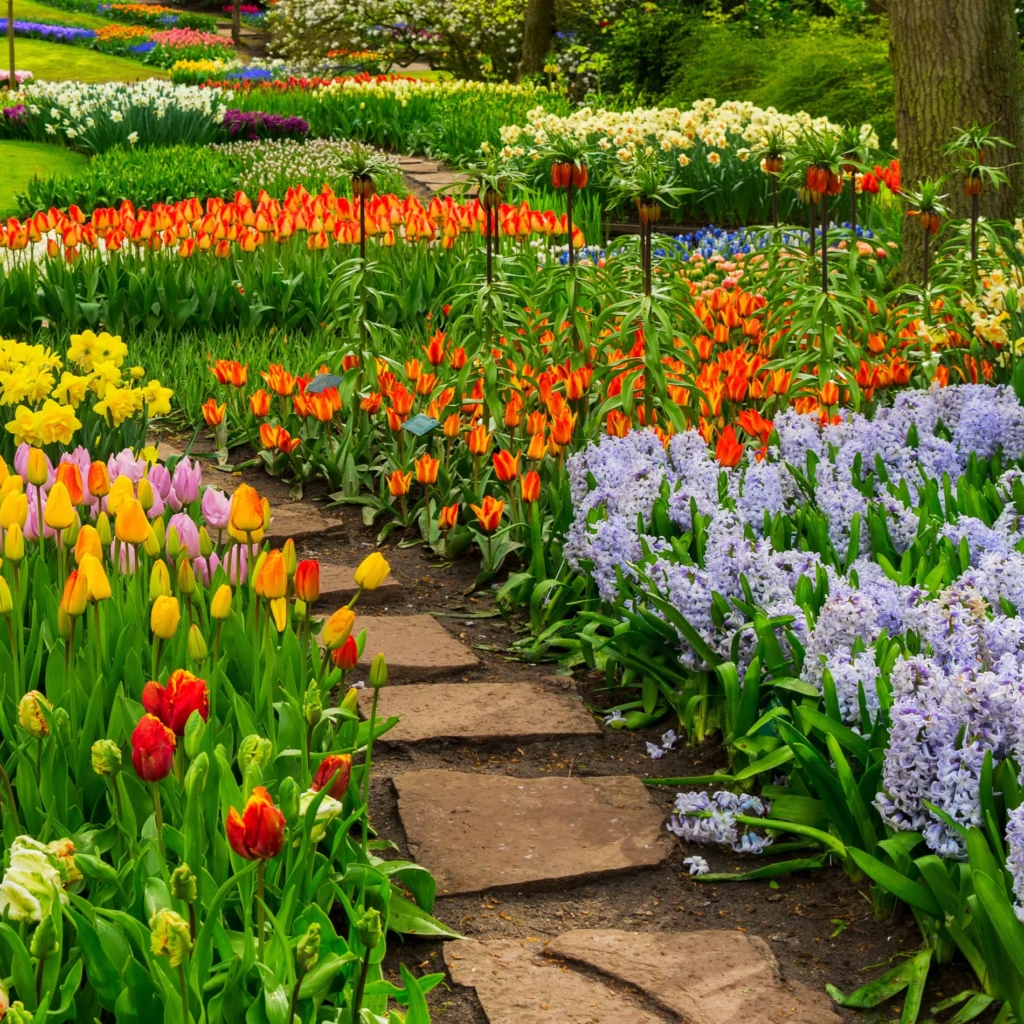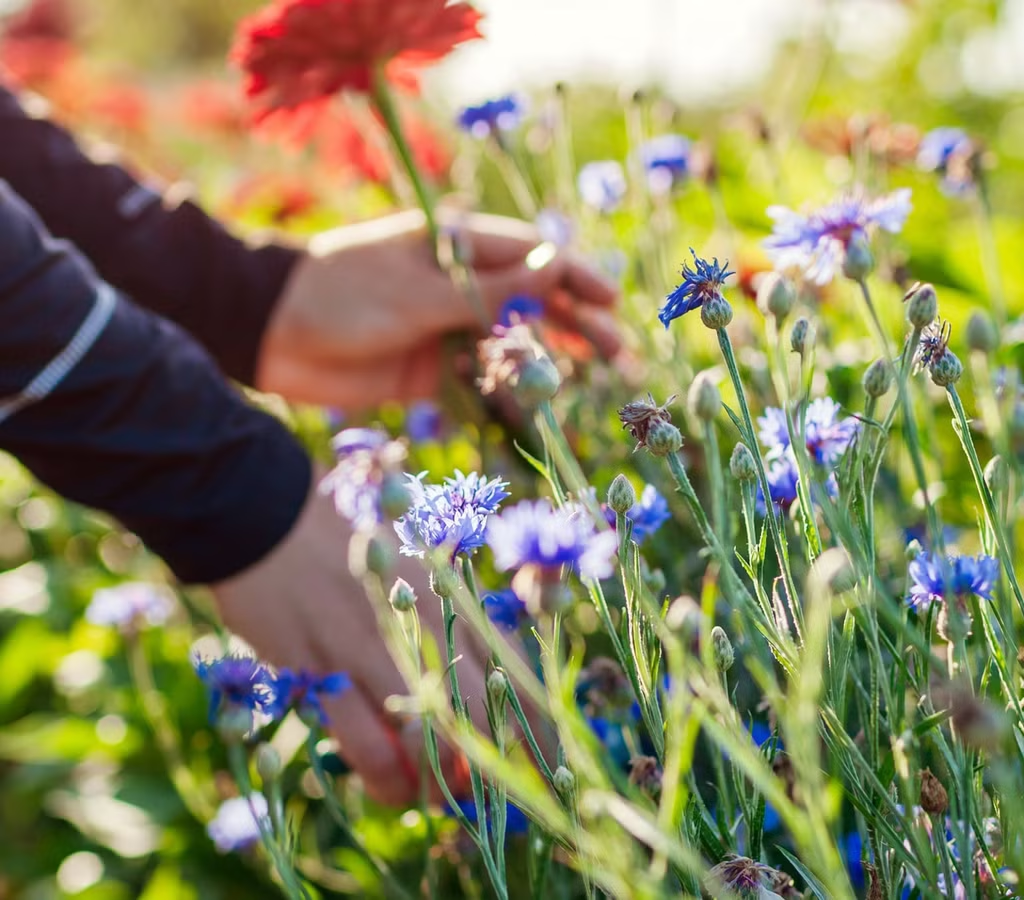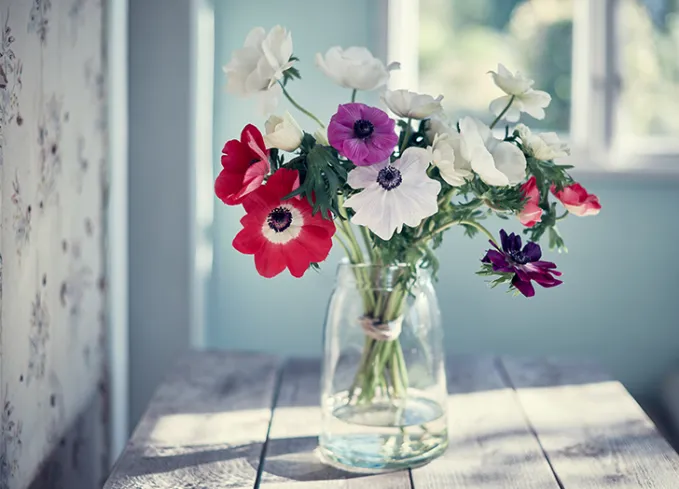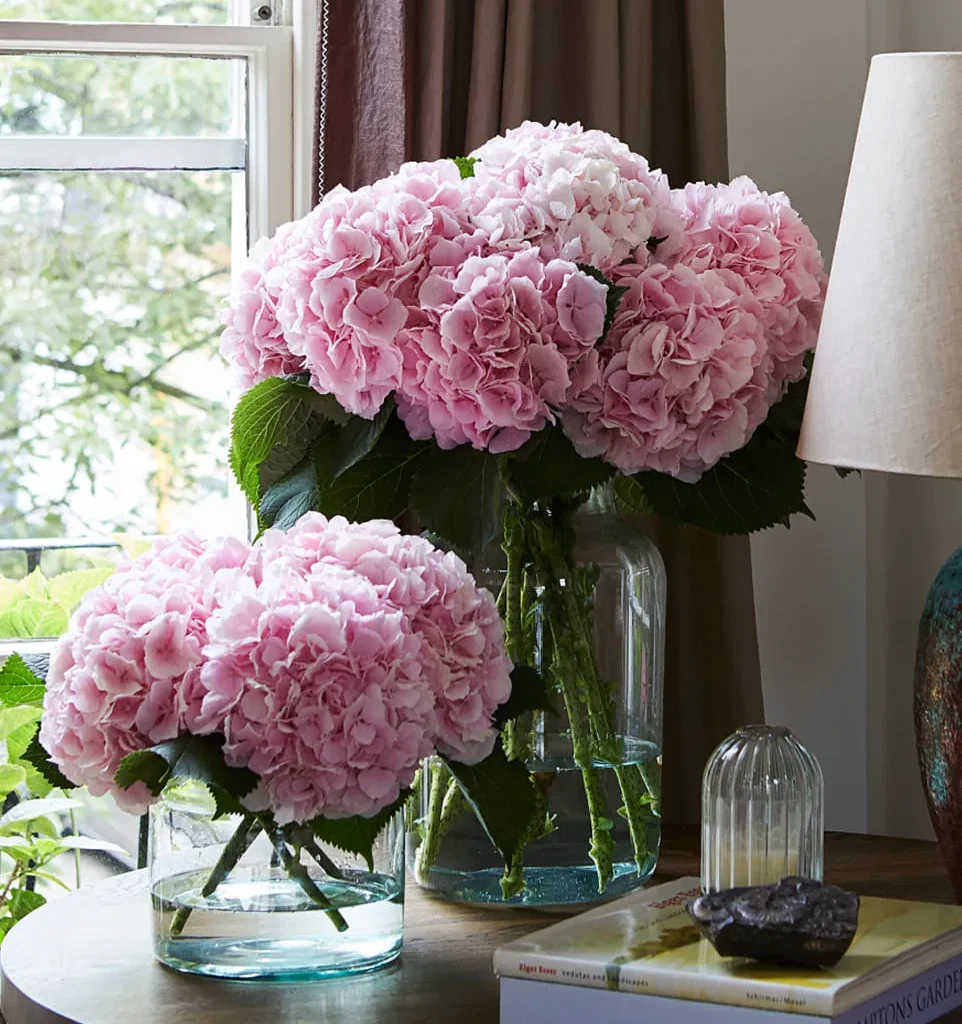Tender perennials are plants that thrive in warm climates but cannot survive freezing temperatures. These plants, including fuchsias, geraniums, cannas, hibiscus, and salvias, are prized for their vibrant blooms, lush foliage, and ornamental appeal. However, without proper care during winter, they risk frost damage or death. Successfully overwintering tender perennials ensures they return year after year, providing continued beauty and reducing the cost and effort of replanting.
This guide provides detailed strategies for preparing tender perennials for winter, protecting them from cold, indoor and outdoor overwintering techniques, watering and fertilization tips, and post-winter revival practices.
Why Overwintering Tender Perennials Matters
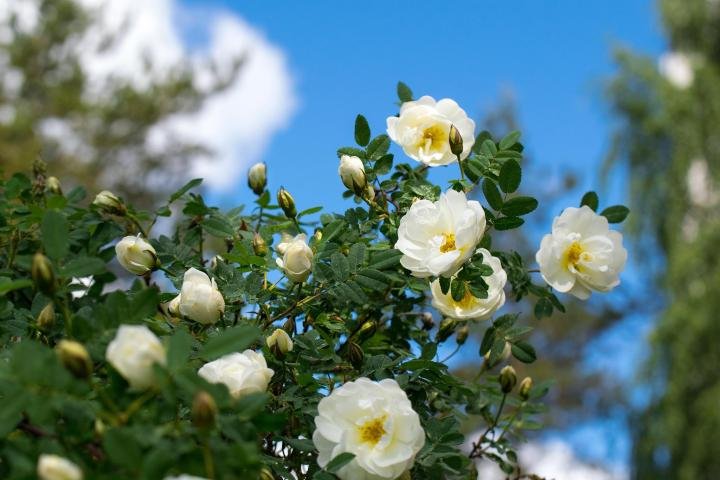
Tender perennials are different from hardy perennials in that they cannot withstand frost or prolonged cold temperatures. Overwintering helps:
- Preserve Mature Plants: Maintaining established plants saves time compared to starting from seeds.
- Ensure Bloom Continuity: Healthy plants resume flowering earlier in the spring.
- Protect Root Systems: Proper winter care prevents root damage and improves spring growth.
- Maintain Foliage and Structure: Some tender perennials also have attractive foliage that enhances garden design.
- Cost Efficiency: Reduces the need for annual replanting of tender plants.
By understanding their requirements, gardeners can extend the lifespan and productivity of tender perennials.
Step 1: Identifying Tender Perennials in Your Garden

Before winter approaches, identify which perennials need protection:
- Tropical or Subtropical Plants: Hibiscus, cannas, elephant ears, and brugmansia.
- Frost-Sensitive Flowers: Fuchsias, geraniums, impatiens, and begonias.
- Semi-Hardy Perennials: Salvias, dahlias, and chrysanthemums may need partial protection.
Understanding which plants are tender helps you prioritize resources and plan appropriate overwintering techniques.
Step 2: Timing Your Winter Preparation
Timing is critical to prevent frost damage:
- Monitor Local Frost Dates: Check your area’s first frost date to know when to begin preparations.
- Gradual Acclimation: Move plants to cooler conditions gradually to prevent shock.
- Avoid Last-Minute Action: Tender perennials exposed to frost can be permanently damaged.
Early preparation ensures plants enter winter in optimal health.
Step 3: Preparing Plants for Overwintering

Healthy plants withstand winter stress better. Preparation involves:
- Pruning: Remove dead, diseased, or weak stems to reduce stress and prevent pest infestations.
- Cleaning: Clear fallen leaves and debris around the base to minimize fungal or bacterial growth.
- Reducing Fertilization: Stop high-nitrogen fertilization 4–6 weeks before moving indoors; excessive nitrogen promotes tender growth prone to damage.
- Water Reduction: Gradually reduce watering to slow growth before winter storage.
Well-prepared plants are less susceptible to disease and damage during dormancy.
Step 4: Choosing the Right Overwintering Method
Tender perennials can be overwintered indoors or outdoors, depending on space, climate, and plant type.
A. Indoor Overwintering
Ideal for frost-sensitive plants like fuchsias, geraniums, and begonias:
- Containers: Move potted plants indoors before the first frost.
- Location: Bright, cool areas with temperatures around 50–60°F (10–15°C).
- Light: Provide sufficient sunlight or supplemental grow lights for leafy plants.
- Humidity: Indoor air can be dry; mist leaves occasionally or place plants near humidifiers.
- Watering: Water sparingly; allow the top inch of soil to dry between watering to prevent root rot.
Indoor overwintering protects plants from freezing and ensures they remain healthy for spring growth.
B. Outdoor Overwintering
For slightly hardy or frost-tolerant tender perennials:
- Mulching: Apply 2–4 inches of organic mulch (straw, bark, or leaves) around the base to insulate roots.
- Row Covers: Use frost cloths, garden blankets, or plastic tunnels for extra protection.
- Microclimates: Plant near walls, under eaves, or in sheltered areas to reduce frost exposure.
- Container Plants: Move containers to protected spots like garages, sheds, or close to walls.
Outdoor techniques allow plants to survive in situ while mitigating cold damage.
Step 5: Potting and Storage Techniques
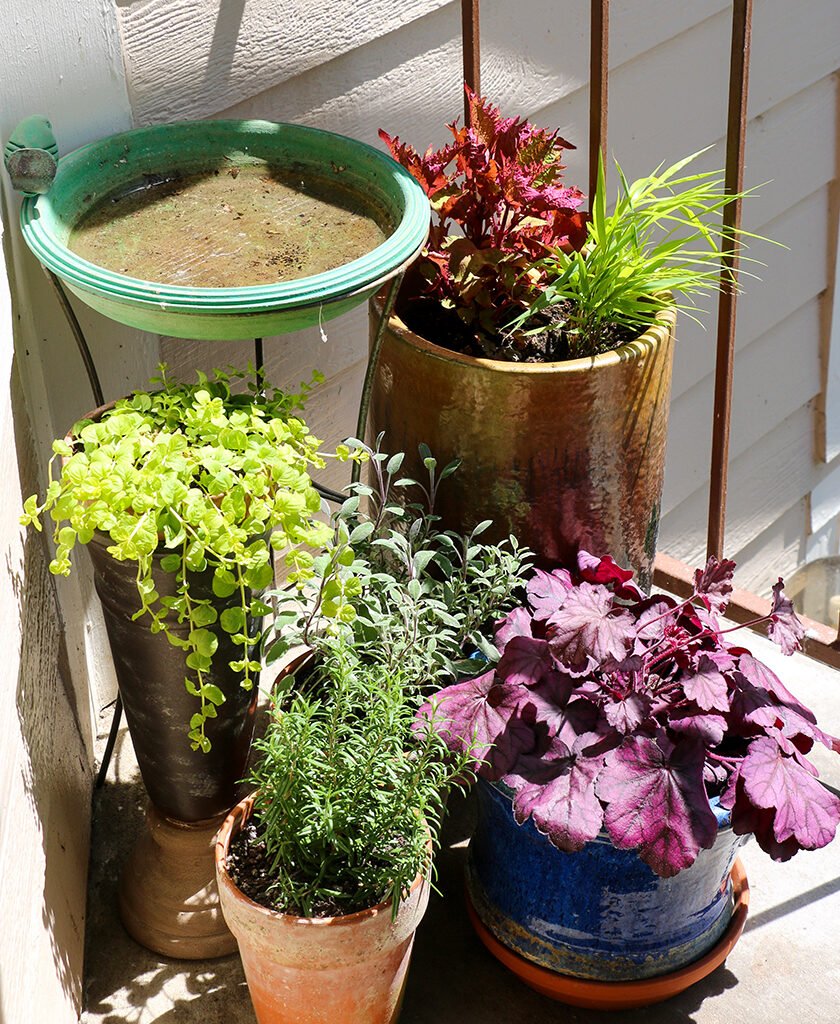
Many tender perennials, especially tropical ones, benefit from container storage:
- Potting Medium: Use well-draining soil mixed with compost for root health.
- Pot Size: Avoid oversized containers that retain excess moisture and cause rot.
- Dormancy Encouragement: Place plants in cooler, darker areas to slow growth naturally.
- Regular Checks: Inspect monthly for pests, disease, or drying out.
Container storage offers flexibility and ensures plants are ready for spring replanting.
Step 6: Watering and Fertilization During Winter
During dormancy or slower growth, plants need minimal water and no fertilizer:
- Watering Frequency: Once every 2–3 weeks, depending on indoor humidity and temperature.
- Avoid Overwatering: Waterlogged soil leads to root rot.
- Fertilization: Resume only in spring when new growth appears.
Correct winter watering prevents stress and prepares plants for vigorous spring growth.
Step 7: Pest and Disease Management in Winter
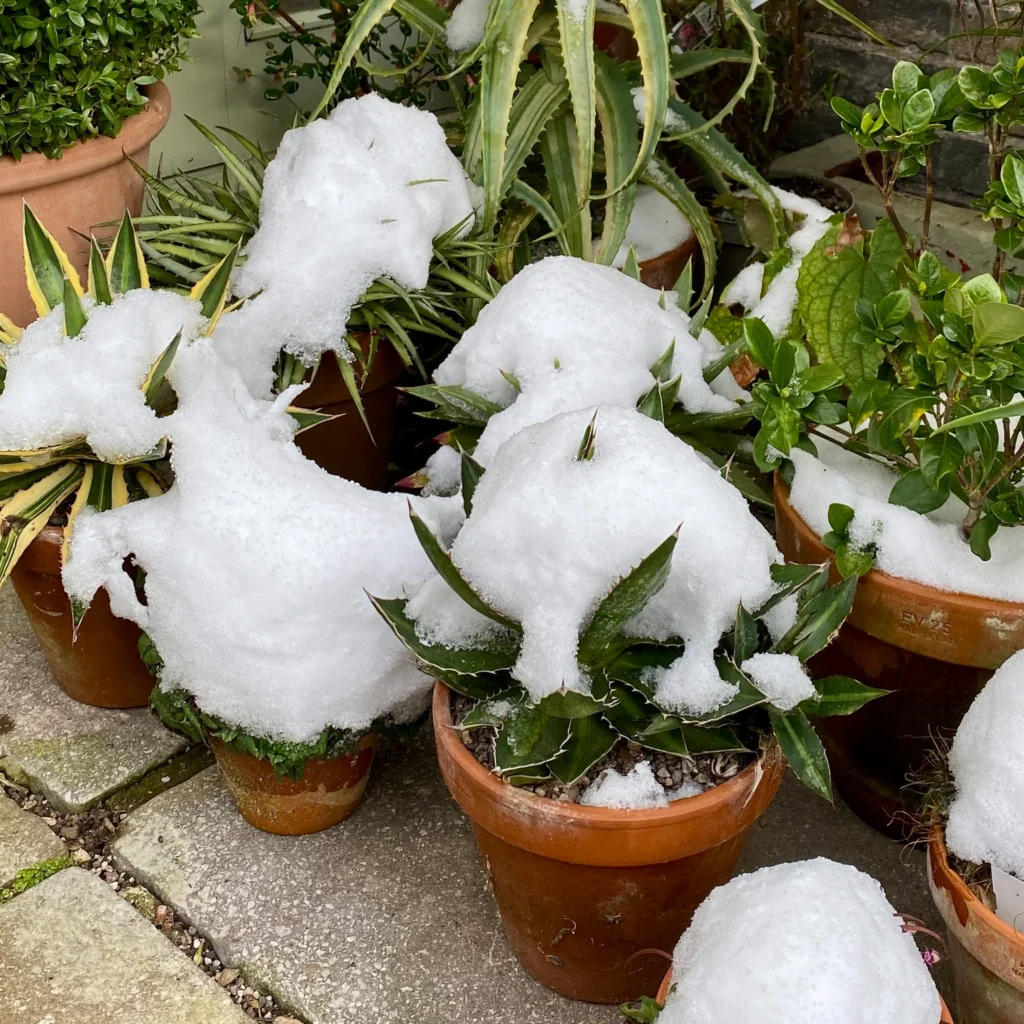
Even indoors, tender perennials are susceptible to pests:
- Common Pests: Aphids, spider mites, mealybugs, and fungus gnats.
- Inspection: Examine leaves and stems weekly for signs of infestation.
- Remedies: Use neem oil, insecticidal soap, or wipe leaves with mild soapy water.
- Cleanliness: Remove fallen leaves or debris that can harbor pests or diseases.
Proactive pest management ensures healthy plants and reduces spring reinfestation risks.
Step 8: Preparing for Spring Replanting
Successful overwintering ends with a smooth transition to spring:
- Gradual Acclimation: Move plants outdoors gradually to avoid shock from sudden sunlight or wind.
- Pruning: Trim dead growth to encourage fresh spring growth.
- Fertilization: Begin light feeding with balanced fertilizer to support new growth.
- Re-potting (if necessary): Refresh soil and inspect root health before planting in garden beds or larger containers.
Careful spring preparation ensures plants flourish and resume their full bloom potential.
Step 9: Tips for Successful Overwintering
- Label Plants: Keep track of varieties and care requirements.
- Avoid Crowding: Ensure adequate airflow around stored plants to reduce mold or fungal infections.
- Temperature Control: Avoid extreme temperature fluctuations indoors.
- Document Growth: Note which plants thrived after overwintering for future reference.
- Protect Flowers and Buds: Remove faded flowers before winter to focus energy on root and stem survival.
These steps maximize survival and health of tender perennials, making next season’s gardening easier and more rewarding.
Benefits of Overwintering Tender Perennials
- Longevity: Enjoy multi-year displays from plants typically treated as annuals.
- Cost Savings: Avoid purchasing new plants each year.
- Early Spring Blooms: Established plants flower sooner than newly planted ones.
- Sustainable Gardening: Reduces waste and supports eco-friendly practices.
- Consistent Garden Design: Maintain favorite plant combinations and landscape aesthetics.
Proper overwintering enhances garden sustainability and ensures beauty year after year.
Conclusion
Overwintering tender perennials successfully requires timely planning, careful preparation, appropriate storage, and attentive maintenance. By identifying frost-sensitive plants, choosing the best overwintering method—indoors or outdoors—managing watering and light, and monitoring for pests, gardeners can ensure tender perennials survive the cold months.
With proper care, these plants return each spring with vibrant blooms, lush foliage, and renewed vigor, enriching garden beds, containers, and balcony displays. Overwintering not only preserves treasured plants but also saves time, money, and effort, making it a critical practice for gardeners who value long-term beauty and sustainability.
By following these strategies, even the most delicate tender perennials can thrive year after year, offering gardeners continuous enjoyment and a colorful, flourishing garden regardless of winter’s chill.

